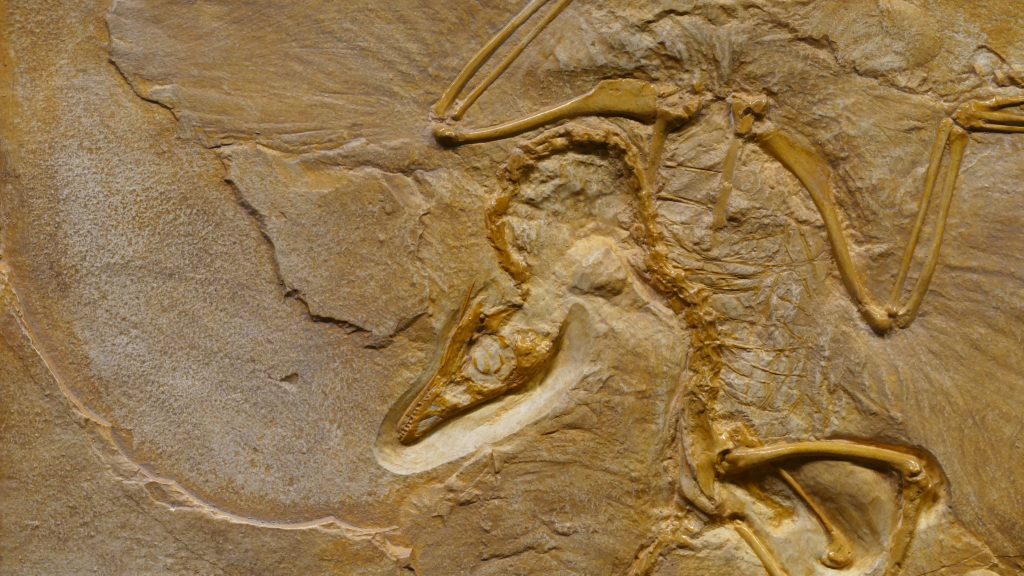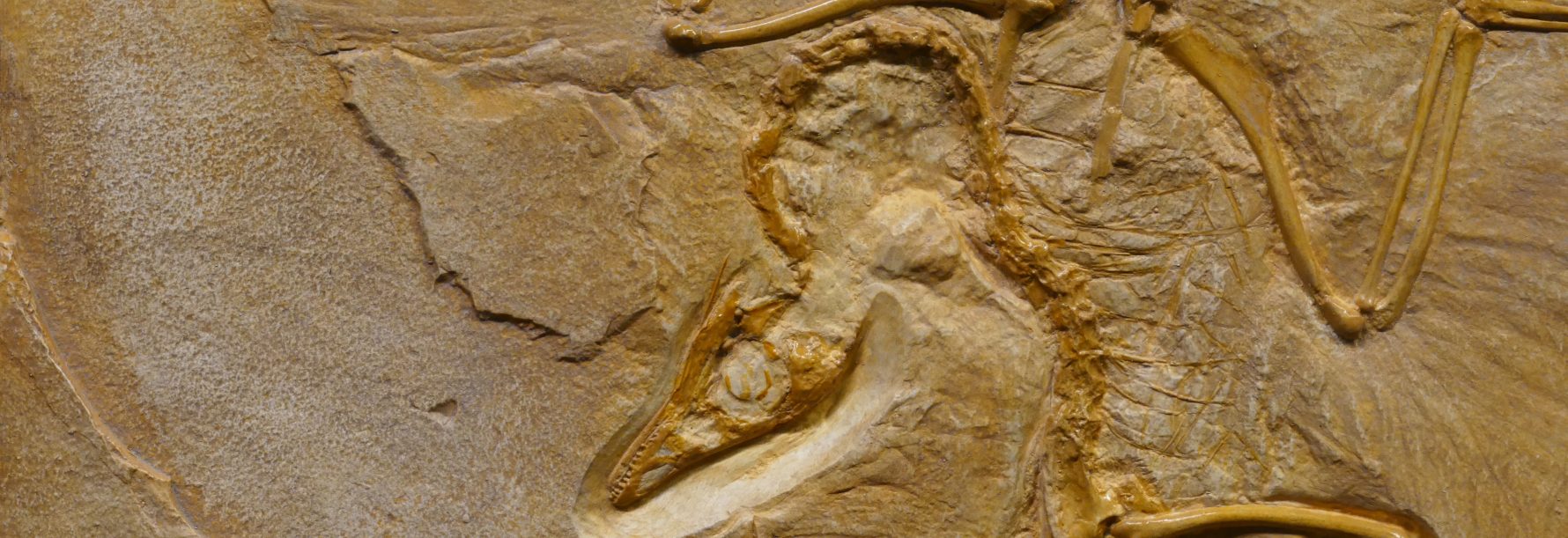In the past multiple times multicellular life has arisen. And probably it still happens. Multicellularity exists in many shapes and sizes and varies from algae mats to fungi and from plants to animals.
Cells have an important advantage when they organize themselves. Together they are able to do more than if they all stayed alone. Researchers describe two forms of multicellularity. The first is a form in which single-cell organisms work together over time and in some cases even divide part of the tasks in the group. For example, there are bacteria that connect in long rows to build a kind of electrical cable that is capable of transporting electrical current up to 5 centimetres through the mud. This way they overcome a major challenge that many organisms living in mud face: a lack of oxygen. Without the oxygen they cannot use substances such as hydrogen sulfide as food. But through the bacterial cables to oxygen-rich parts in the mud, the bacteria are able to carry out the reaction in oxygen-poor mud.
The second, much more complex form of multicellularity is a single cell which grows into a larger collective of cells with different tasks by means of cell division. This happens, for example, in all animals, including ourselves. After the egg has been fertilized by sperm, the cell divides further and further and the whole body with all its different organs and functions emerges.
Biological systems consisting of multiple cells have a new level of biological organization. Cells in the system have different tasks and functions with the corresponding position in the system. Some cells regulate the sensory perceptions of the environment, others transmit signals and then there are cells that can set the organism in motion.
Researchers want to know why individual cells succeed in making ‘agreements’ about cooperation. Different approaches are needed to achieve these goals.

Bioinformatics researchers reconstruct the evolutionary history of ancient single cell life and the genetic toolkit that made self-organization in cell clusters possible. Computer models are needed to understand how such self-organization can arise from the base (single-cell organisms). The principles found with such models is tested in the laboratory in experimental evolution models. But it is also compared with what is already known about the evolution and development of various multicellular organisms.



